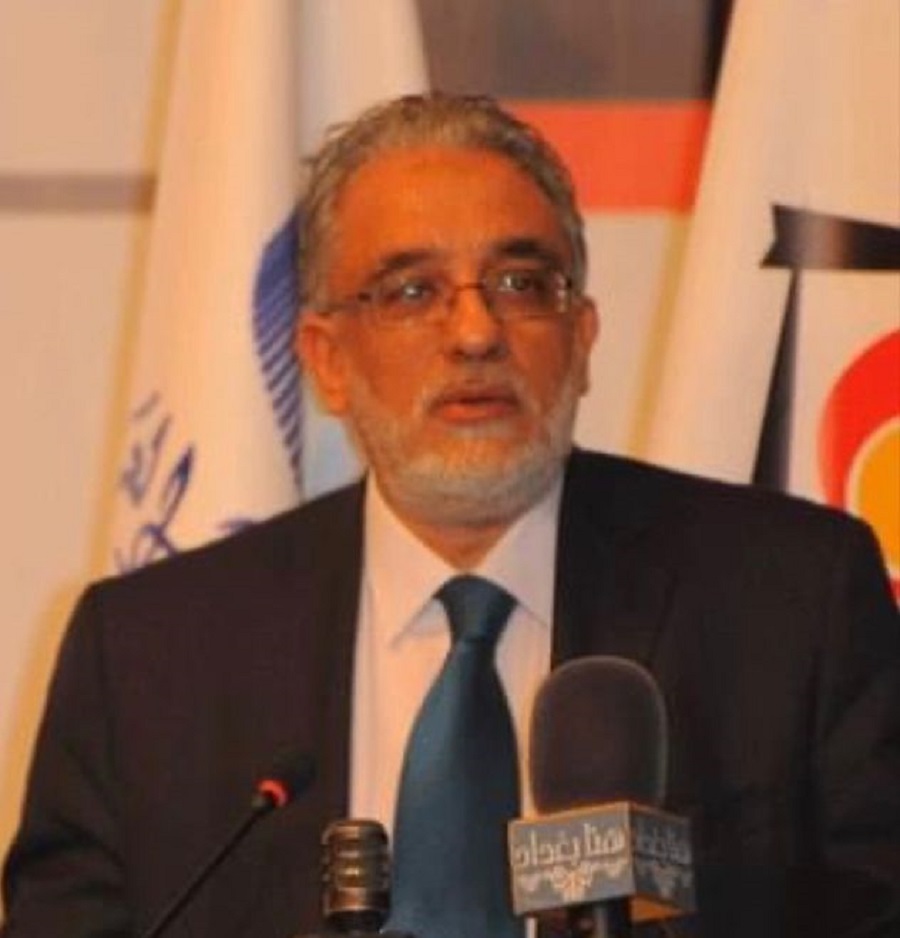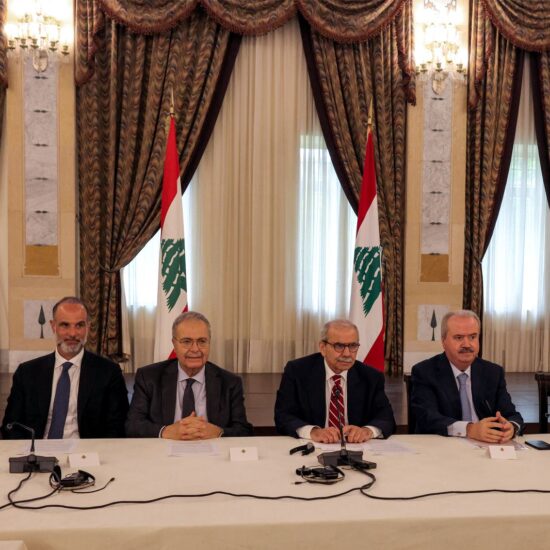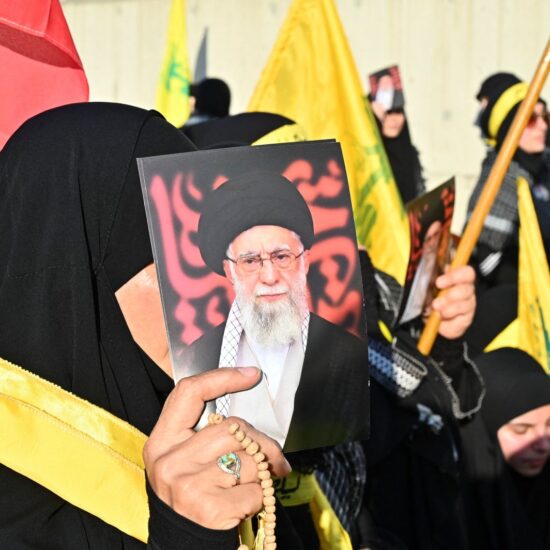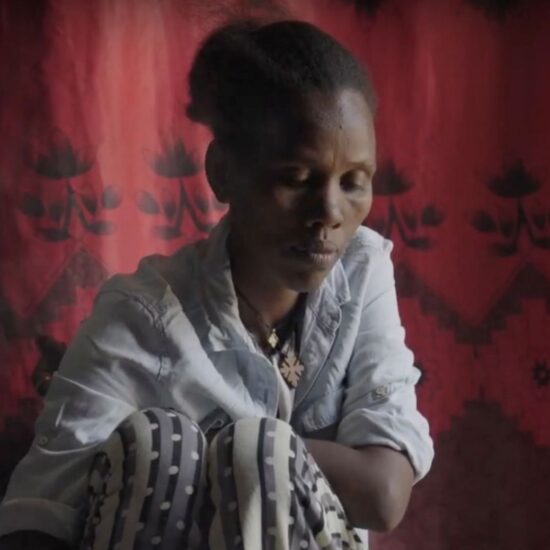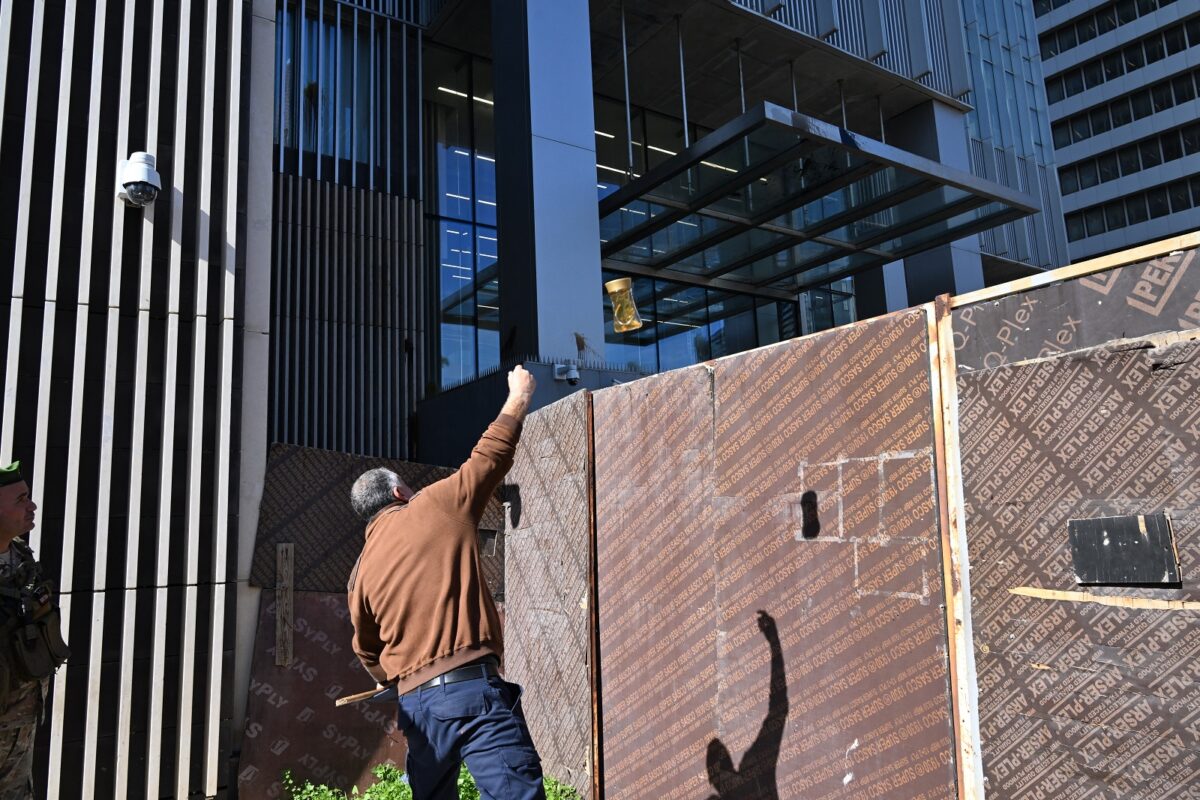
Is Lebanon's Optimum Invest at the center of an $8 Billion Ponzi scheme involving debt papers? An independent report unveils staggering financial irregularities and possible collusion with the central bank.
There have been mixed signals following an independent commission report’s disclosure of a USD 8 billion Ponzi scheme related to Lebanese debt papers. The magnitude of this scheme is astonishing, with 45 meticulously engineered, multi-billion trades over 3 years, all adhering to the same complex script. It was a meticulously designed plan by BDL to conceal its losses and enrich a select few using public funds. The scheme, disclosed by the Central Market Authority (CMA) in 2015 and a report by Kroll’s forensic unit last week, indicates that Optimum Invest SAL, a Lebanese brokerage firm, received special favors from former Central Bank Governor Riad Salameh on illicit commissions for trading. Auditors have characterized these as “extravagant” irregularities, “breach of trust,” “conflicts of interest,” and “irregular transactions.” In a written statement on its website, Optimum Invest denied all allegations of wrongdoing.
Pressures on the CMA
The news comes amidst severe pressures exerted on the CMA to end its mandate, with financial reasons cited. Market chatter suggests it may be related to the fear of auditing other irregularities. Sources told NOWLEBANON that the “affair” was officially transferred to the Special Investigation Committee by the BDL.
The affair represents a scandal for appointed auditor Alvarez & Marsal, which only uncovered 2 of the 45 trades in its subpar report; Deloitte, the auditor who didn’t raise any red flags; and the current BDL management for failing to investigate. The fact that Alvarez & Marsal uncovered only two out of 45 such trades reflects poorly on its work quality and forensic audit report. That Deloitte didn’t raise any red flags about these trades is a damning indictment of the current state of the auditing industry.
The 2015 audit of Optimum was conducted by the Capital Markets Authority’s (CMA) financial control unit, an independent regulatory body that focuses on financial market practices in Lebanon.
It’s noteworthy that the Lebanese government hired Alvarez & Marsal, a New York-based professional services firm, to conduct a forensic audit of Lebanon’s central bank (BDL) accounts since 2015 amid claims of mismanagement in the corruption-plagued country.
At the time, six companies tendered for the job after refusing to contract Kroll due to its alleged links with Israel, with whom Lebanon is at war. The Cabinet opted for Alvarez & Marsal, although the cost of contracting the firm was higher than that of contracting Kroll. It planned to have a team in Lebanon consisting of two directors and nine associates at a cost of USD 2.2 million, while Kroll’s financial offer was only half a million. Notably, Lebanon’s political class fears the forensic audit because it could implicate political parties that have shared power since 1997. The report has emerged after claims of strong resistance within the CMA to release it to the relevant authorities.
Window Dressing or Fraud?
Investigators found that the intermediary levied a 0.38 percent commission each time a commercial bank bought financial instruments from the central bank, without performing actual services in exchange. According to Jean Riachi, chairman of FFA Private Bank, the stated objective (by BDL’s central council) of the 45 transactions, termed back-to-back, was to generate retro commissions for BDL to offset losses on its financial engineering operations – some refer to them as Swaps. These are neither swaps nor repos nor even back-to-back transactions that normally involve three parties, including the intermediary.
Hence, BDL would lend the money for Optimum to buy the bonds with the full futures coupons, and BDL would buy them back without the coupons. The coupons would return as “commissions,” with only two of the 45 transactions involving such “commissions” being flagged by A&M as the money landed in a transitory account then paid to third parties. “My best guess: the original purpose of these sham transactions was indeed to cook the books of BDL but ‘someone’ was tempted to help himself along the way,” he said. His other guess is that all the other 43 transactions were indeed booked in BDL’s profit and loss statement.
This recalls transactions between banks and BDL in 2016, where banks could book immediate profits by selling their Treasury Bills in LBP to BDL at nominal value plus 50% of the remaining coupon value. However, BDL bought the Treasury Bills at nominal value plus the full value of future coupons, and simultaneously requested banks to pay it 50% of the cumulative future coupons as “commissions,” likely recording these as revenue for the year. Therefore, it is suggested that this represents clear potential window dressing by BDL and implies that BDL may have attempted to conceal its losses in Lebanese pounds by fabricating retro commissions while deferring losses or revenue shortfalls.
Essentially, by engaging in such economically meaningless actions, BDL was able to recognize revenues upfront that should have been spread over subsequent years. Thus, the “scandal” might revolve around another accounting maneuver rather than a straightforward embezzlement scheme.
According to banker Mike Azar, BDL booked a massive profit without any economic substance, just by round-tripping securities. BDL routed this profit (or part of it) to a “consulting account” allegedly used for under-the-table payouts. So not only has BDL fabricated paper profits, but it has also converted those accounting entries into a slush fund for shady disbursements. The round-trip securities trades were just a smokescreen to justify BDL booking “profits” and moving some of BDL’s own money into the “consulting account” slush fund to pretend it’s generating profits to conceal actual losses.
Where Do We Go from Here?
The real question, according to experts, is that the current BDL leadership is most complicit because all of this has been known for years. The “discounting” operations undertaken by BDL are not new. BDL has had years to investigate but has instead chosen to sweep these crimes under the rug.
Yet to be answered: Who are the parties complicit in this money laundering plot? We might see a concerted effort to disguise the source/nature of funds, the use of a complicit intermediary, convoluted accounting to create a veneer of legitimacy, and the ultimate funneling of funds into a slush fund. Optimum Invest played along, serving as BDL’s tool and complicit intermediary. Its real benefit seems to have been currying favor with the BDL and securing its role as a preferred broker for other lucrative deals like the repos (and perhaps other benefits we don’t yet know about).
Maan Barazy is an economist and founder and president of the National Council of Entrepreneurship and Innovation. He tweets @maanbarazy.
The views in this story reflect those of the author alone and do not necessarily reflect the beliefs of NOW.


